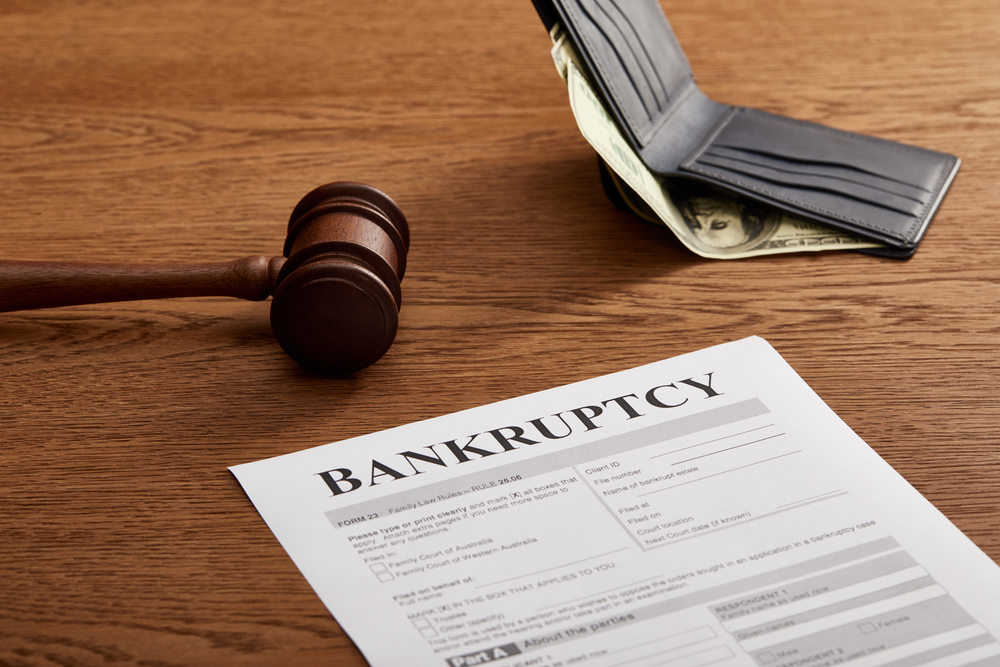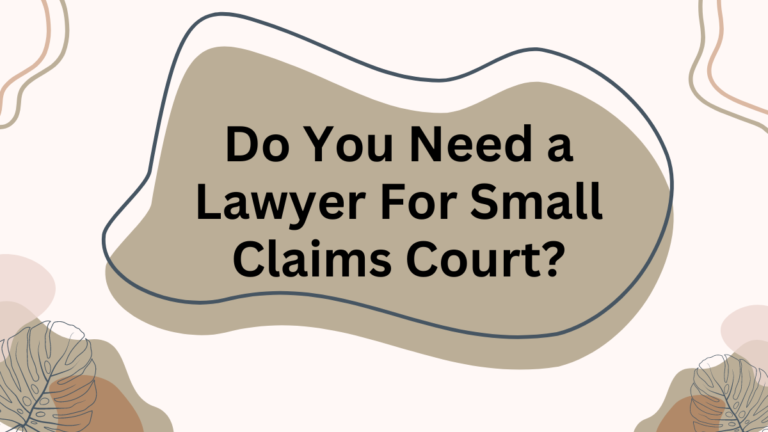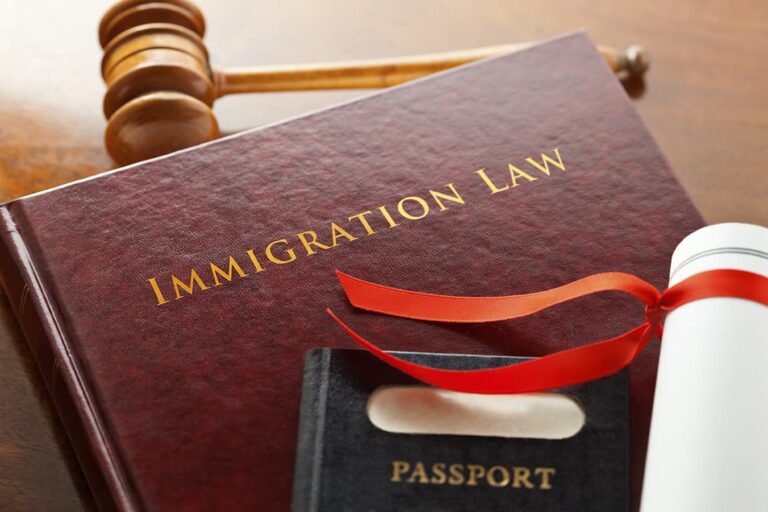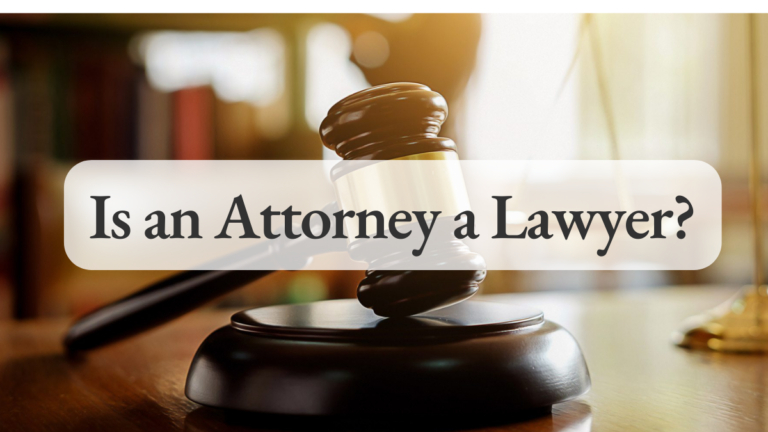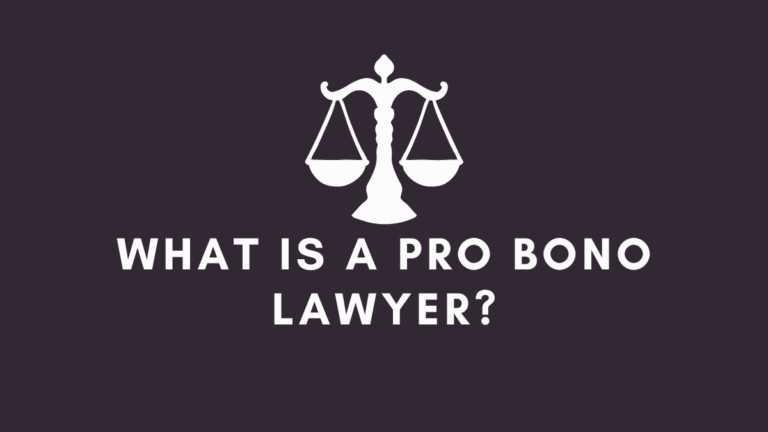How to File Bankruptcy Without a Lawyer?
Are the weight of financial struggles pulling you down. Bankruptcy might seem like a daunting option, but what if we told you that filing for bankruptcy without a lawyer is entirely possible? Buckle up as we take you on an enlightening journey through the ins and outs of navigating the bankruptcy process solo. In this comprehensive guide, we’ll unveil crucial tips, step-by-step instructions, and essential resources to empower you in reclaiming your financial freedom. Get ready to embark on a transformative path towards a brighter future – one where bankruptcy becomes a stepping stone rather than an obstacle.
What is Bankruptcy?
Bankruptcy is a legal process that allows someone to get a fresh start by resolving their debt problems. To file for bankruptcy, you must meet certain requirements, including being financially responsible and having a good credit score.
The first step in filing for bankruptcy is finding an attorney. An attorney can help you understand the bankruptcy process and make sure you meet all the requirements. If you don’t have an attorney, you can find one through Legal Aid or the American Bar Association.
Once you have an attorney, the next step is to file your petition with the court. The petition will list all of your debts and how much money you are likely to owe in total after they are paid off. You may also be required to submit financial statements and other documentation to prove your eligibility for bankruptcy.
After filing your petition, the court will schedule a hearing to determine whether or not you should file for bankruptcy. If the court approves your petition, it will issue a discharge order which legally releases you from all of your debts.
Types of Bankruptcy
There are two types of bankruptcy: chapter 7 and chapter 13. Chapter 7 is the most common type, and it allows you to get a fresh start. You may not have to pay any debts, including back taxes, child support, or alimony. You can also keep your car and house. Chapter 13 lets you keep your car and house but gives you a three- to five-year repayment plan.
If you cannot afford your debts, filing for bankruptcy is the best option. There are many ways to file without a lawyer. The easiest way is to go online and find an online bankruptcy resource center. These centers can help you fill out forms, file petitions, and attend hearings.
Another option is to contact a local legal aid organization or pro bono legal services program. These resources can help you file for bankruptcy without having to pay fees upfront. If you cannot afford a lawyer, they may be able to represent you in court or provide other legal advice.
How to File for Bankruptcy Without a Lawyer?
If you are considering filing for bankruptcy without a lawyer, here are some tips:
- Get organized. Start by compiling all of the documents you will need to file your bankruptcy, such as your financial statement, credit report, and legal documents.
- Meet with a bankruptcy trustee. A trustee can help you complete the bankruptcy process and guide you through the paperwork.
- Talk to an attorney. An attorney can provide guidance and advice on which type of bankruptcy is best for you, as well as represent you in court if necessary.
What to Expect During the Process?
If you are considering filing for bankruptcy, there are a few things you need to know in order to go through the process without a lawyer. The first thing you will need is some information about your legal rights and what bankruptcy can do for you. Once you have this information, you can start researching the various options available to you.
The steps involved in filing for bankruptcy vary depending on the type of bankruptcy you choose. In general, however, there are three main steps: preparing your case, going to court, and finally, being discharged from the bankruptcy process.
To prepare your case, you will need to gather all of the necessary paperwork. This includes preparing an official petition (a document that requests relief from creditors), copies of all of your financial documents, and proof of any debts that you may be able to discharge in bankruptcy. You will also need to schedule an appointment with a local attorney who specializes in bankruptcy law.
Once you have gathered all of the necessary documentation, it is time to head over to court. At this stage, your attorney will file your petition with the court and present evidence in support of it. If everything goes according to plan, the court will then appoint a trustee (someone who will manage your finances during the bankruptcy process) and schedule a hearing date. At this hearing, both you and the trustee will have an opportunity to present additional evidence in support of your case.
Conclusion
Filing for bankruptcy can seem like a daunting task, but it doesn’t have to be. There are many resources available to help you file for bankruptcy without the help of a lawyer. This guide will teach you everything you need to know in order to file for Chapter 7 or 13 bankruptcy on your own. Remember, filing for bankruptcy is not the end of your story – it is just the beginning of a new one.
